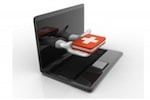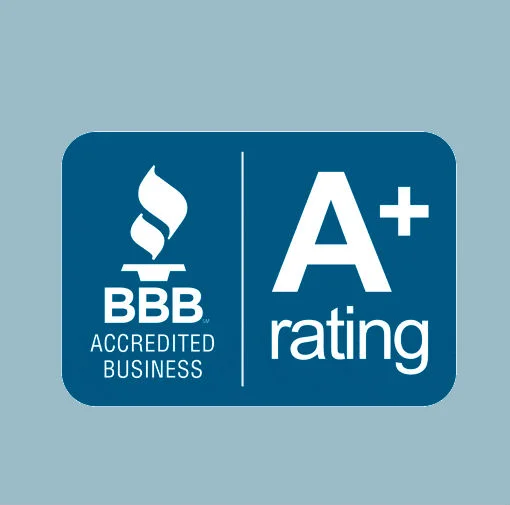Physician Practices Revisit Telehealth to Monetize Time and Differentiate

Frankly, that's still an issue, but it's changing. Some practitioners and healthcare delivery systems are finding solutions that make telemedicine financially realistic. What's more, these approaches also offer benefits in quality of care, branding, marketing, patient experience and outcomes.
By its various names and definitions, telehealth is being recognized as a means for physicians, hospitals and others to enhance their services, either by reaching more patients or by expanding what they provide. By some definitions, it's home health…remote telemonitoring of patient data. More broadly, it's physician-patient communications via a live video connection.
Physicians are looking at online services for different reasons, according to Healthcare Finance News. "Some want to launch concierge medicine services, offering more or directed services for a higher fee. Others want to expand their practice to bring in more clients or take advantage of their specialties. Still others see telemedicine as an important tool to becoming part of an accountable care organization or patient-centered medical home."
From a healthcare marketing point of view, the prospective benefits of a telemedicine program can be particularly significant. Early-adopter individuals and institutions that capture a first-to-market differentiation can control an increasingly valuable and emerging market.
Four forces that are driving change.
Situations, circumstances and motivations vary widely. But generally, we see four important change factors at work.
- Physicians are restructuring their business model. The dynamics of healthcare reform have changed the nation's healthcare delivery system dramatically. And physicians, who have been wary of telehealth in the past, are reexamining this and other options for their business potential. The objective—the necessity for many—is to find new ways to increase revenue and/or reduce costs.
- Competition. Competition. Competition. The competitive landscape is shifting and aggressively growing for private practices and specialty physician groups. The same is true for hospitals and health systems. Finite resources (particularly marketing resources) are sought-after by physicians, departments and programs. What's more, large national pharmacy chains (such as RiteAid's in-store kiosks), and insurance plans provide a online means to consult a physician, nurse practitioner or triage nurse online.
- Technology explosion. Digital and online technology has expanded dramatically; most significantly on three fronts. First, broadband and high-speed Internet connections are mainstream in America. Online, two-way communications is well supported. And software for secure physician-patient connectivity is commonly available and user-friendly.
Second, smartphones and wireless tablet devices are also widely available. Nearly half of American adults are smartphone owners, according to a Pew Internet report. "Nearly every major demographic group—men and women, younger and middle-aged adults, urban and rural residents, the wealthy and the less well-off—experienced a notable uptick in smartphone penetration over the last year."
And third, peripheral devices for monitoring patient data—from wearable biometric sensors to testing and diagnostic plug-ins—are widely available and often connect via increasingly powerful smartphones. Juniper Research projects more than three million patients will use smartphone-connected monitoring devices in the next few years.
- Patients expect a digital dividend. The Internet-infused public looks online for medical, health and physician information and services. Consumer surveys indicate that, in addition to information, they also appreciate online convenience appointments and administrative tasks. Further, patients want their physicians to be available via email for questions.
Business-smart benefits that differentiate a practice or hospital.
Admittedly, data about telemedicine is relatively new and somewhat mixed. But if some form or format of tele-health is in your future, the benefits could include the following:
- A potentially unique point of differentiation in the marketplace;
- Expanded service offerings for current and expanded patient base;
- Enhanced patient care, improved outcomes, reduced readmissions;
- Increased provider efficiency and ability to monetize time;
- Ability to shift time and distance, especially for remotely located patients;
- Enlarged service coverage area; and
- Reduced costs for patient.
Additional reading on this topic is available here,. Our next article about this topic will elaborate the pros and cons and the marketing advantages of incorporating telehealth into a private practice, medical specialty group, and health system or multi-discipline program.
Related Articles:
How to Market Your Telehealth Services
Why Telehealth of Tomorrow Belongs in Your Marketing Plan Today
Telemedicine & Telehealth Emerge as Medical Marketing Opportunities During COVID
What’s Driving Telehealth to More Hospitals and Doctors in 2016
The Explosive Rise of Telemedicine Will Challenge Your Marketing Plan









